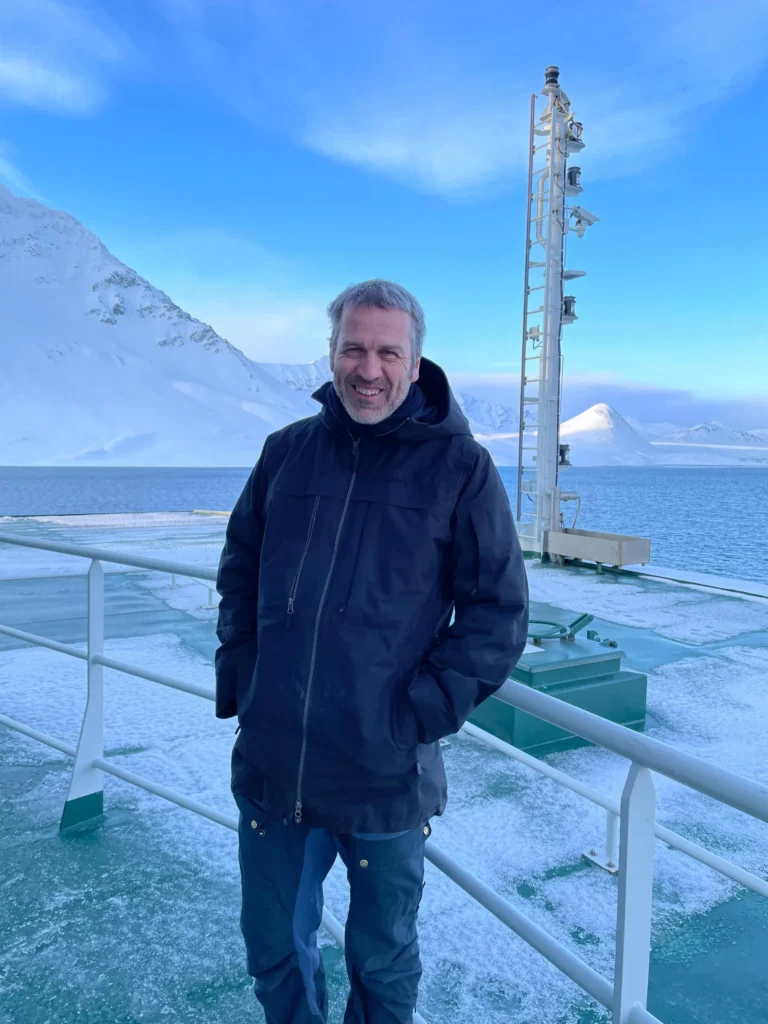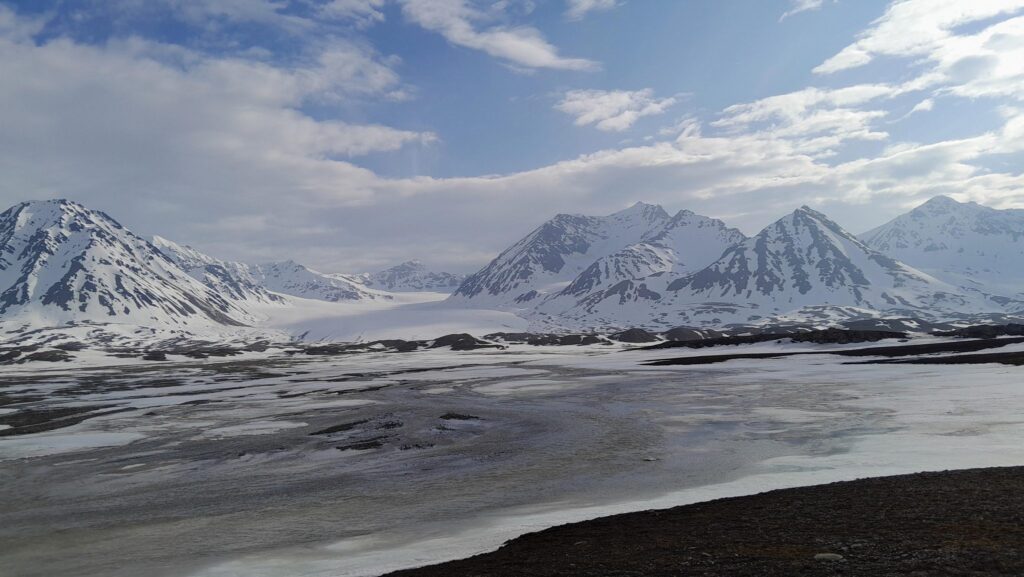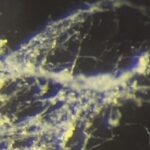Global warming may weaken Arctic fjords’ ability to store carbon. This is Kings Bay in Svalbard. Credit: Till Bruckner / UiT
A Frozen Guardian Awakens
For millennia, the Arctic’s permafrost acted as Earth’s freezer, locking away vast amounts of carbon and keeping global temperatures in check. This frozen ground, rich in organic material, was a silent guardian against climate change.
But now, rising global temperatures are thawing this permafrost, awakening microbes that feast on the once-frozen organic matter. As they digest, they release carbon dioxide and methane—potent greenhouse gases—into the atmosphere, turning the Arctic from a carbon sink into a significant source of emissions.
A Tipping Point Reached
Recent studies reveal a startling transformation: approximately one-third of the Arctic’s tundra, forests, and wetlands have shifted from absorbing carbon to emitting it. When accounting for wildfires, this figure rises to 40%. This shift is not just a regional concern; it’s a global alarm bell. Dailyscitech
The permafrost contains nearly twice as much carbon as is currently in the Earth’s atmosphere. As it thaws, the potential for massive carbon release grows, creating a feedback loop that accelerates global warming. Dailyscitech

Dr Jochen Knies, Researcher and Adjunct Professor at the Department of Geosciences at UiT The Arctic University of Norway. Credit: Clea Fabian / NGU
Wildfires: Fueling the Fire
The warming Arctic is also experiencing an increase in wildfires, which not only release carbon but also darken the snow and ice surfaces with soot, reducing their reflectivity and causing them to absorb more heat. This phenomenon further accelerates melting and carbon release. Dailyscitech

Global warming may weaken Arctic fjords’ ability to store carbon. This is Kings Bay in Svalbard. Credit: Till Bruckner / UiT
Global Implications
The Arctic’s transformation has far-reaching effects. The release of greenhouse gases contributes to more extreme weather patterns worldwide, including intense heatwaves, droughts, and storms. Additionally, the loss of sea ice affects ocean currents and global climate systems. Dailyscitech
A Call to Action
The Arctic’s shift from a carbon sink to a source underscores the urgency of addressing climate change. Reducing greenhouse gas emissions, investing in renewable energy, and protecting natural carbon sinks are critical steps. Dailyscitech
What measures can we implement to mitigate the Arctic’s accelerating carbon emissions and safeguard our planet’s future?
Reference: “Arctic fjord ecosystem adaptation to cryosphere meltdown over the past 14,000 years” by Jochen Knies, Youngkyu Ahn, Berenice Ebner, Lukas Smik, Kwangchul Jang, Seung-Il Nam, Simon T. Belt and Carsten J. Schubert, 25 April 2025, Communications Earth & Environment.
DOI: 10.1038/s43247-025-02251-y










